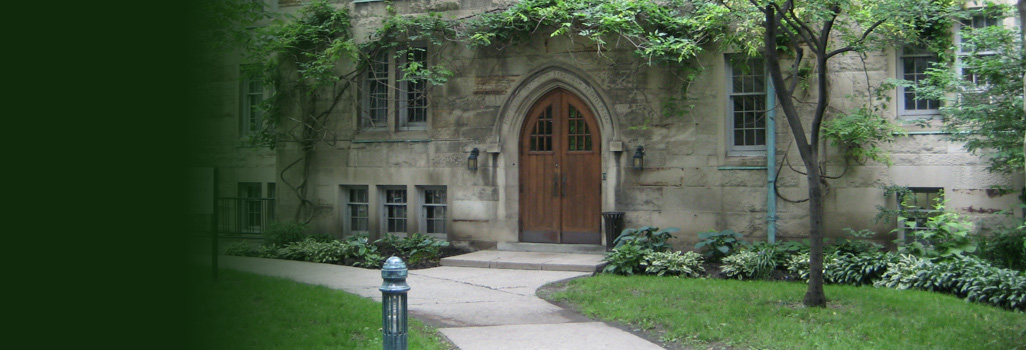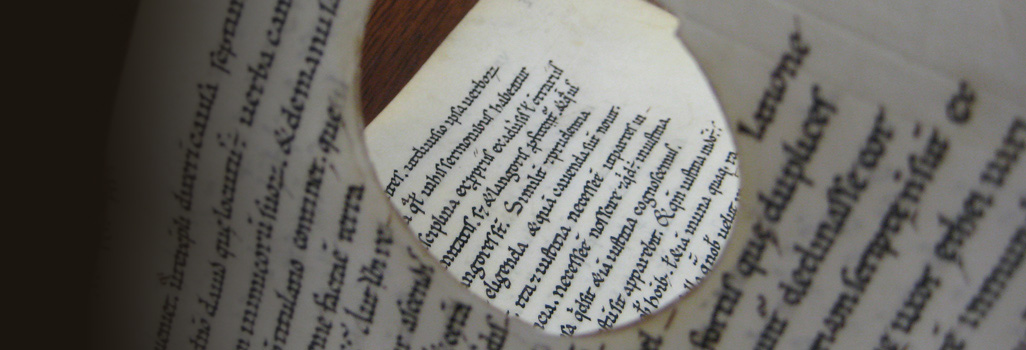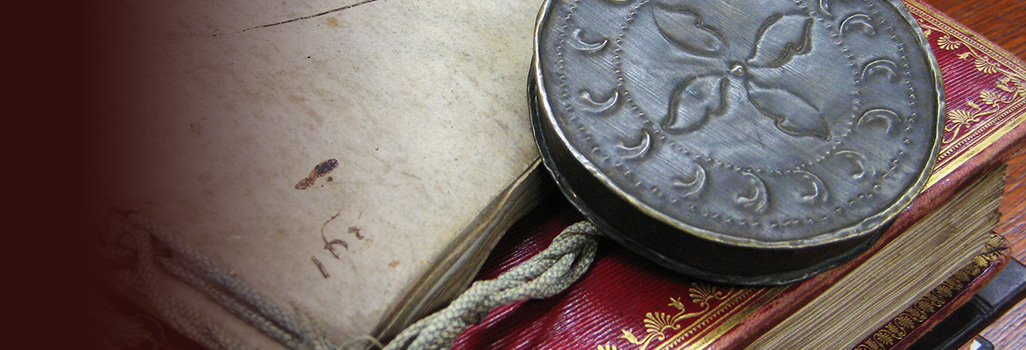Works Sited
We are proud to announce the new PIMS website, launched officially today at the open meeting of Academic Council.
The new site features upcoming events, news and announcements, and recent publications directly on the main page. We hope all our visitors will find it welcoming and easier to navigate, reaching information of interest in fewer clicks. The site can also be flexibly displayed on a range of devices and its updates disseminated rapidly on social media.
The architect of the site and its sole begetter is Ainoa Castro. A postdoctoral Mellon Fellow at the Institute last year, and currently (and fittingly!) Virginia Brown Postdoctoral Fellow in Latin Palaeography in the Center for Epigraphical and Palaeographical Studies at The Ohio State University, she brings the same rigour, imagination, and care to web design as she does to her explorations, as far reaching as they are deep, in Visigothic script. We are immensely grateful to her for her inspired but also patient work over many months on the site.
The new site is hosted in the LAMP environment at the University of Toronto. At Information Technology Services, we are especially grateful to the Academic & Collaborative Technologies Group, in particular to Alex Nishri, Peter C. Cheung, and Tirzah Schulman. To the staff, past and present, at Computing in the Humanities and Social Sciences (CHASS), which has hosted the site since its inception in 1997, we also owe warm thanks: Andreea Georghiu, Ben Walton, Chris Leowski, Dan Derkach, Alejandro Lynch, and Adam Piekarzewski have suffered our impositions with cheerful bemusement for many years. Darko Gavrilovic made the slightly nerve-wracking conversion easier to bear. For timely advice, always offered with generous collegiality, we remain appreciative to Sheila Eaton, the webmaster for the University of St Michael's College.
Finally, Megan Jones has undertaken the nearly Herculean – and ongoing – task of updating the new site with customary meticulousness. In her own way, she too has a paleographical eye for aberrant letter forms in the scripts of the internet and, as associate editor, is as punctilious about philological errors as she is inspired in her emendations. She deserves much approbation.
To conclude these acknowledgements with the customary closing: any remaining faults are not our own but the work of electronic gremlins we hope will soon be extirpated.


